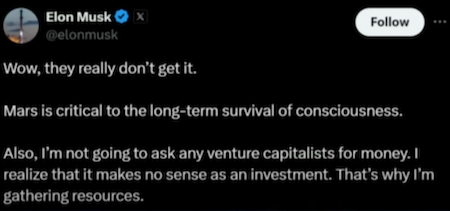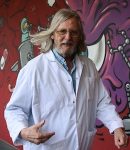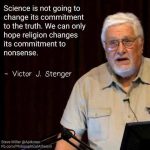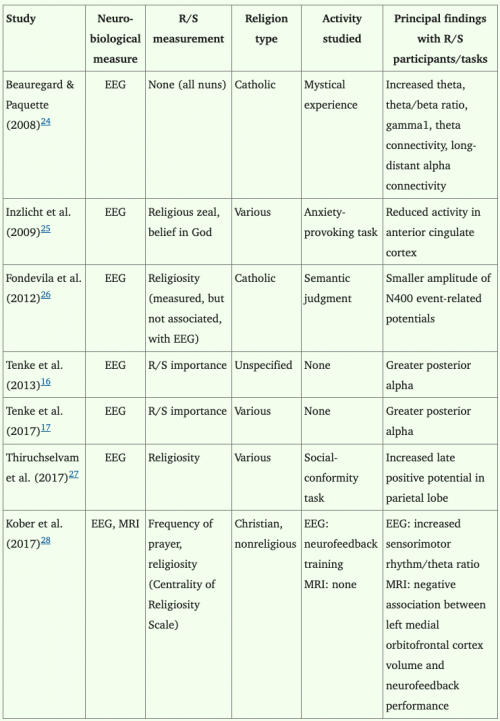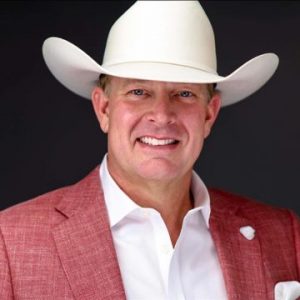Did you know that Darwinists are devolving, according to the Discovery Institute? They even have a picture of this devolution, so it must be true.
I guess they haven’t noticed that if you talk to any evolutionary biologists today, they all consistently rebuke the old cartoonish illustration of the ‘descent of man,’ so it’s silly to use that against us. But then that’s all they’ve got, the enshrinement of antique notions that they can attack without ever having to deal with the reality of modern biology. They’re claiming that the proponents of Darwinism seemed to be shrinking in stature
unaware of the irony of demanding that we defend Darwin — Darwinism, the narrow set of ideas that formed the core of evolutionary theory in the 1800s, is obsolete and outmoded. We aren’t defending those any more. We’ve got better, more complete models of how evolution works nowadays, and they don’t include illustrations of linear trajectories of changing individuals.
But this article from John West isn’t about the science, it’s about crowing over the defeat of their adversaries, even when no defeat occurred. So he marches through a small set of individuals, bashing them and claiming victory.
Consider Brown University biologist Kenneth Miller, author of the anti-ID polemic Finding Darwin’s God in 1999. Miller was a gifted debater, but his arguments all too often relied on citation bluffing and critiquing straw-man versions of the ideas of Michael Behe and others.
Miller is still fighting, why is West using the past tense? Miller was part of the team that achieved possibly the greatest, most decisive defeat of the Discovery Institute’s agenda in the Kitzmiller trial. “Citation bluffing” seems to be the term they use to dismiss the fact that Behe’s claim of no scientific publications on the evolution of the immune system could be addressed by presenting book after book after book on the subject he claimed didn’t exist.
As for the claim of straw-manning creationists, I think it’s pretty silly to do that in an article where West constantly harps on Darwinism
.
Francis Collins, in his book The Language of God, was even shallower in his critique. Indeed, if you read Collins’s book today, you’ll find that many of his arguments, including junk DNA, have been increasingly thrown overboard by mainstream science.
So who was left to champion the old time religion of Darwinism?
They have this delusion that junk DNA doesn’t exist, and that citing a few articles that have rightly shown some function for some tiny fraction of junk DNA means that the whole of it must be functional, and that their perspective is supported by “mainstream science.” It’s not. And why should they care? Mainstream science says that evolution is true!
Once again, they bring up this claim that Darwinism
is a religion. We can criticize Darwinism all we want without being thrown down into the pit of Hell.
Then, oh boy, they remember little ol’ me:
You also had biologist P. Z. Myers at the University of Minnesota Morris. He too could debate, although the quality of what you got was decidedly second rate. His preferred mode of discourse was invective. As he once instructed his fellow evolutionists, they should “screw the polite words and careful rhetoric. It’s time for scientists to break out the steel-toed boots and brass knuckles, and get out there and hammer on the lunatics and idiots” — by which he meant, of course, anyone who dared to criticize Darwin’s theory.
John West has been crying about that quote since 2005. The Discovery Institute used it in their promotional materials. The suggestion that we stop being polite to known liars, frauds, and incompetents was so terrifying to them that they’ve spent the last 20 years whining about it. I’m kind of impressed with myself.
He still gets it wrong. Please do continue to criticize a theory that was assembled in 1859. I don’t mind that at all. But stop thinking that your primitive, poorly understood comprehension of an old idea is at all relevant or sufficient to rebut modern evolutionary theory.
Also, don’t expect me to be courteous when you dump a bucket of that bullshit on the podium in lieu of debating the science.



